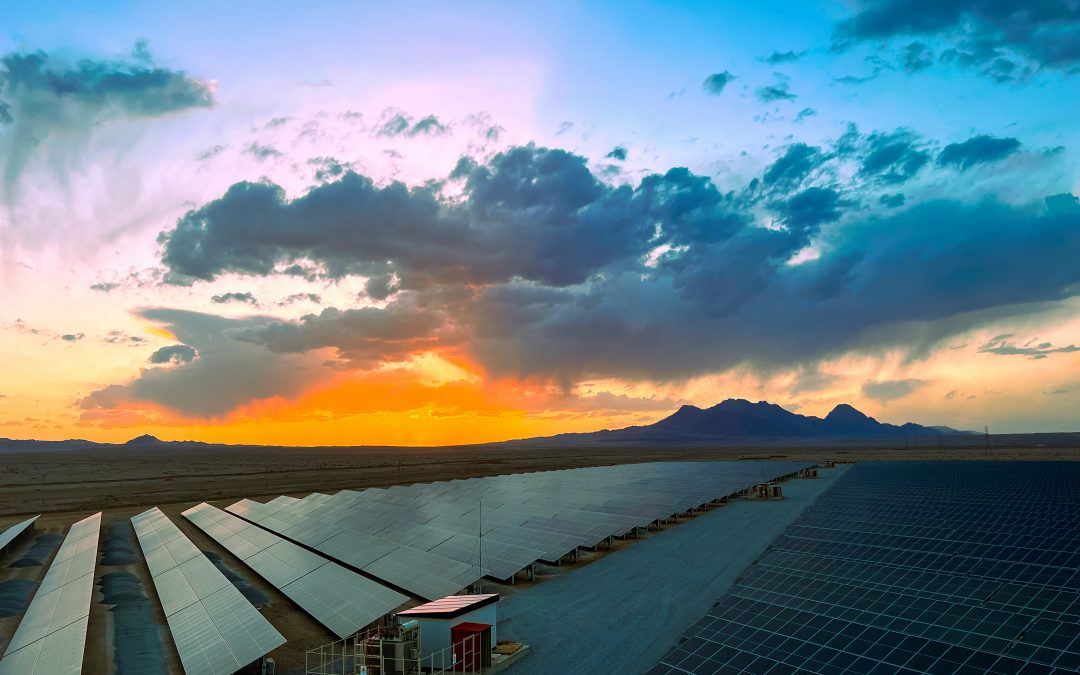Arizona’s energy landscape just reached a major milestone. As the state braces for record-breaking heat and peak electricity demand, Canadian Solar’s Recurrent Energy division has energized the Papago Storage facility in Maricopa County. At 1,200 megawatt-hours (MWh) of capacity, it’s among the largest battery storage sites in the United States and a powerful sign of where the future of grid resilience is headed.
Why Papago Storage Matters Now
Summer in Arizona isn’t just about scorching temperatures, it’s a real-world stress test for the power grid. With rapid population growth, surging demand from data centers, and the growing use of electric vehicles, keeping the lights on during the hottest days has become a high-stakes challenge. Grid operators and utilities have relied on “peaker” plants, typically gas-fired facilities that ramp up quickly but run inefficiently and at a high cost to fill the gaps when demand surges. But as the push for cleaner energy accelerates and new federal rules penalize emissions, battery storage is stepping up as the new backbone of reliability.
The Papago Storage plant is a bold answer to these trends. With enough capacity to power 72,000 homes during peak hours or provide round-the-clock clean electricity for 24,000 homes annually, it is already making an impact. The facility combines 150 megawatts (MW) of solar with 1,200 MWh of battery storage, and it’s connected to the grid through a long-term tolling agreement with Arizona Public Service (APS), the state’s largest utility.
A Closer Look: How the Plant Works
Papago Storage is not just about storing excess solar energy for a cloudy day. Its advanced battery management system allows operators to absorb surplus solar generation during the day and dispatch it precisely when demand spikes in the evening, reducing stress on the grid and minimizing the risk of brownouts or outages. This flexible capability means fewer fossil-fuel peaker plants are needed, leading to less pollution and lower operating costs across the system.
Importantly, this is just the first of three major battery storage projects Recurrent Energy is bringing online in Maricopa County under similar APS agreements. By standardizing large-scale storage contracts, APS is accelerating Arizona’s transition to a cleaner, more flexible grid, one that’s ready for the extreme weather events and electrification needs of the future.
Community Benefits Go Beyond the Grid
Big infrastructure projects like Papago Storage don’t just provide energy, they fuel local economies. The plant brings new property tax revenue that supports local schools, emergency services, and public safety initiatives. During construction, the project created hundreds of jobs, and its ongoing operations help fund fire districts and community services that are vital for the region’s rapid growth.
With energy security becoming an increasingly important factor for businesses, cities, and homeowners alike, this facility also sets a precedent for community-focused grid upgrades. By investing in energy storage, Maricopa County is positioning itself as a leader in both resilience and sustainability, setting an example for the rest of the country.
What Does This Mean for MWC and Its Partners?
The Papago Storage facility is a textbook case of how large-scale storage can transform a grid and a community. But making projects like this a reality takes more than just equipment, it requires thoughtful planning, smart design, and collaboration with stakeholders at every stage. That’s where Mountain West Consulting excels.
MWC’s experience in early-stage feasibility studies helps developers and utilities identify the best sites for storage, assess grid impacts, and build the financial case for investment. Our technical team specializes in integrating solar, batteries, and advanced controls to create turnkey solutions that maximize reliability and value. We understand the complexities of utility partnership agreements, regulatory requirements, and local permitting, ensuring that projects move from concept to commissioning as efficiently as possible.
Beyond the engineering, we work with local governments and community leaders to align infrastructure investments with local priorities, delivering benefits that extend far beyond the substation. As energy storage becomes a critical pillar of Arizona’s grid, MWC is ready to help utilities, municipalities, and private partners seize the opportunity.
Looking Ahead
The Papago Storage facility is just the beginning. With more large-scale battery and solar projects on the horizon, Arizona’s energy future is brighter and more resilient than ever. The lessons learned here—from technical design to community engagement will shape the next generation of energy projects across the Southwest.
Is your organization ready to build resilience and lead the way? Let’s connect and turn today’s possibilities into tomorrow’s solutions.
Sources: Recurrent Energy, Arizona Public Service (APS), Canadian Solar, Stocktitan.net, Utility Dive, Energy Storage News


Recent Comments